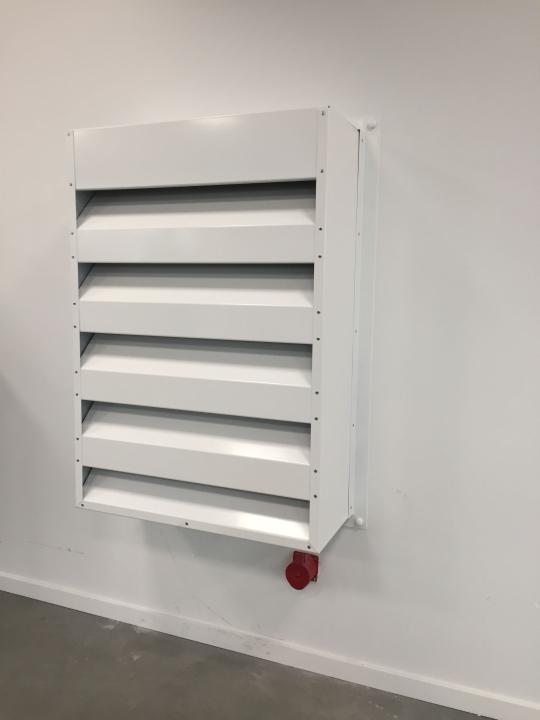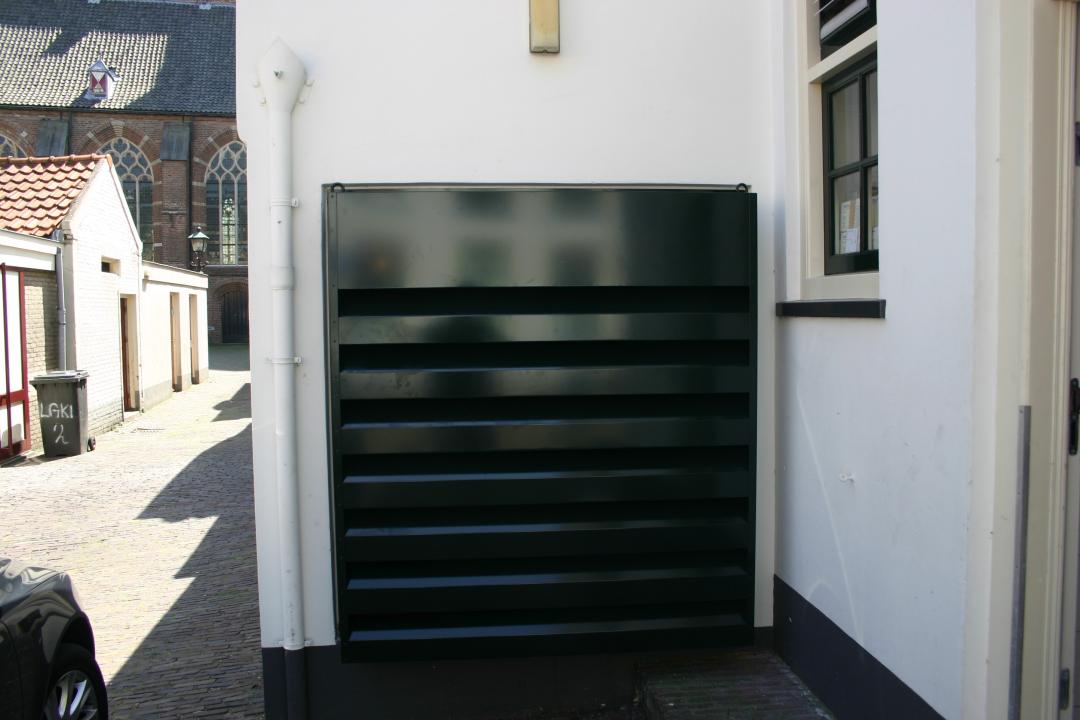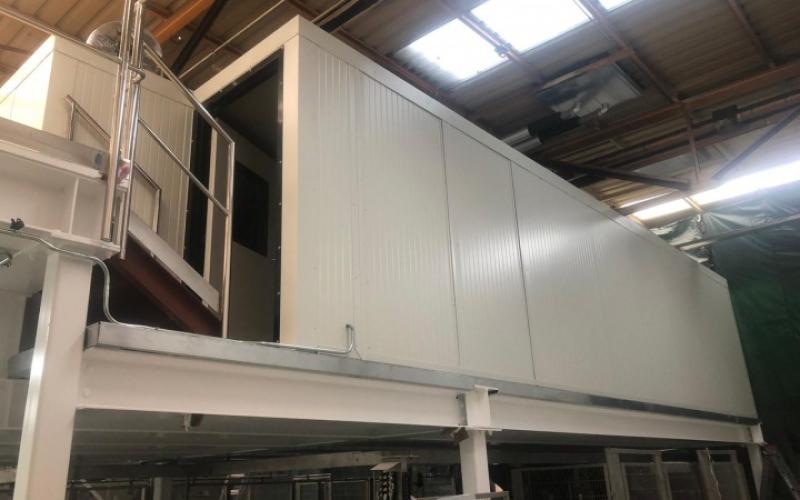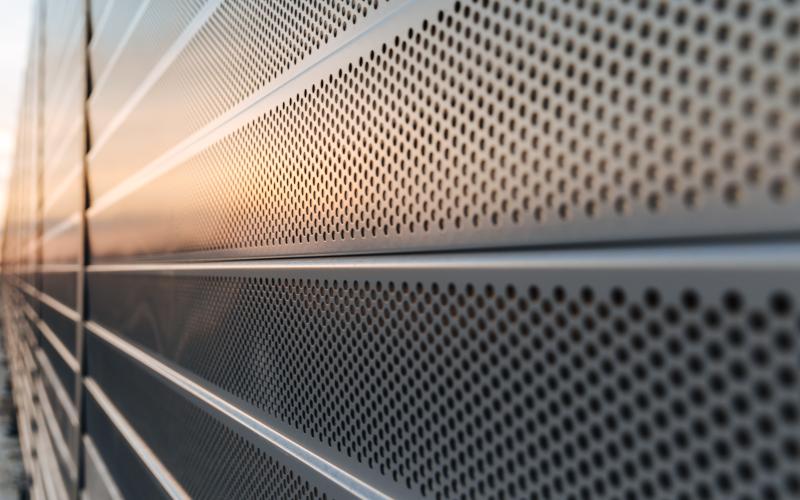An acoustic grille from ISOPARTNER Netherlands can be a good alternative to naturally ventilate an industrial space, factory hall or factory. Such a noise-reducing grille is often used instead of an ordinary ventilation grille, window or shutter. In this way, noise nuisance for employees and the immediate surroundings can be reduced.
SONODAMP sound-attenuating grilles can be used in air supply and exhaust openings. These include air treatment rooms, ventilation rooms, boiler houses, generator rooms, gas stations or compressor rooms. They are often combined with a sound-absorbing casing or noise barrier.

The advantages of acoustic louvres
An acoustic louvre combines good sound attenuation with low air resistance. It is easy to install and particularly suitable for places where low installation depth is required. Thanks to its functional design, a grille from ISOPARTNER Nederland can be fitted unobtrusively into almost any commercial environment.
Additional option
It is possible to add bird netting as an option to a SONODAMP sound-attenuating grille, so that animals cannot interfere with ventilation to any great extent.
Possibilities with a SONODAMP acoustic louvre
As standard, our acoustic grilles are made of continuous hot-dip galvanised steel sheet. If required, this can be provided with a high-quality coating. The grilles are also available in non-standard materials such as stainless steel or aluminium, and in various sizes.

A sound-damping grille can reduce noise nuisance for the surrounding area. These are often used as an alternative to a standard grille, window or hatch.
Our sound-damping grilles are positioned in areas with natural ventilation. They operate on the principle of absorption. This means that they do not reflect the sound, but partially absorb it.
Sound-damping grilles are a great solution if you need sound absorption in an industrial environment in which low air resistance and limited installation depth are important. The ventilation in question must, however, be a low velocity system. Forced ventilation and higher air velocities can reduce the sound absorbing effect and can also reduce the ventilation capacity.
With higher air velocities or if additional sound absorption requirements are set, a customised solution such as SONODAMP baffle silencers is a better option.





